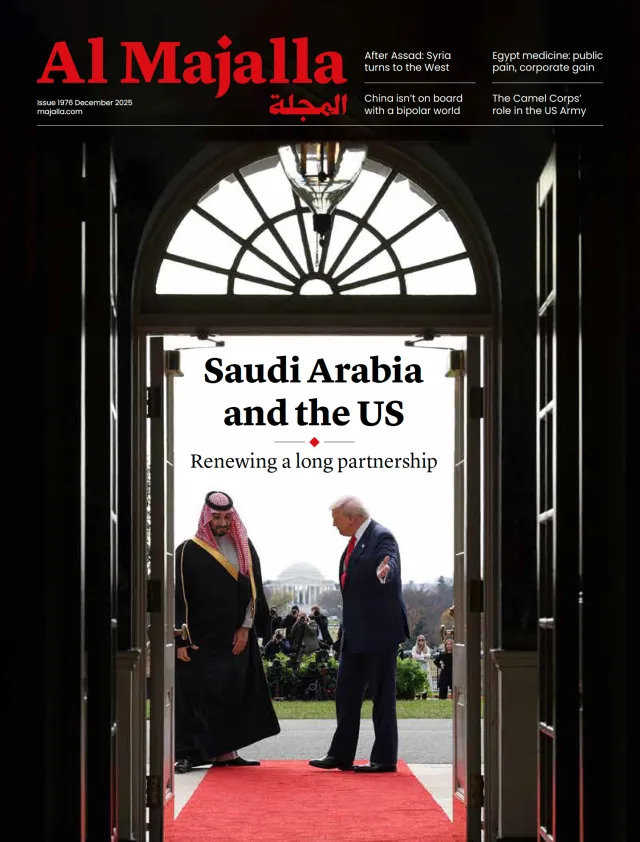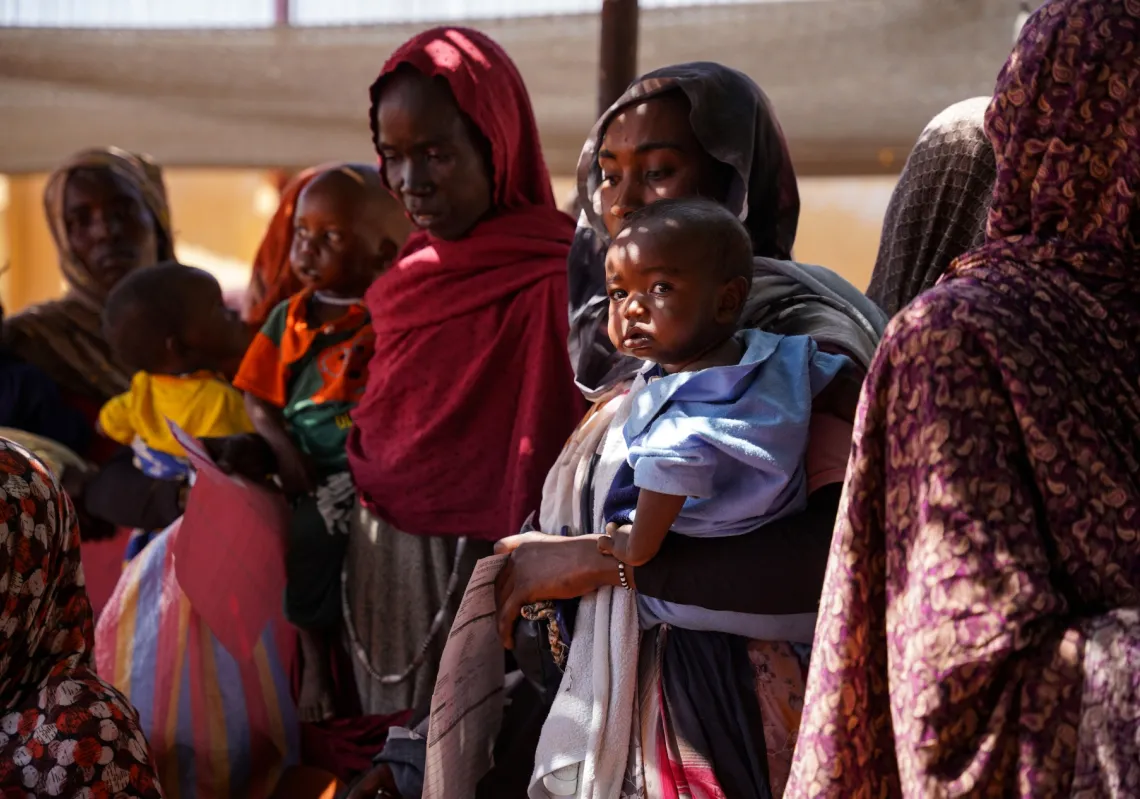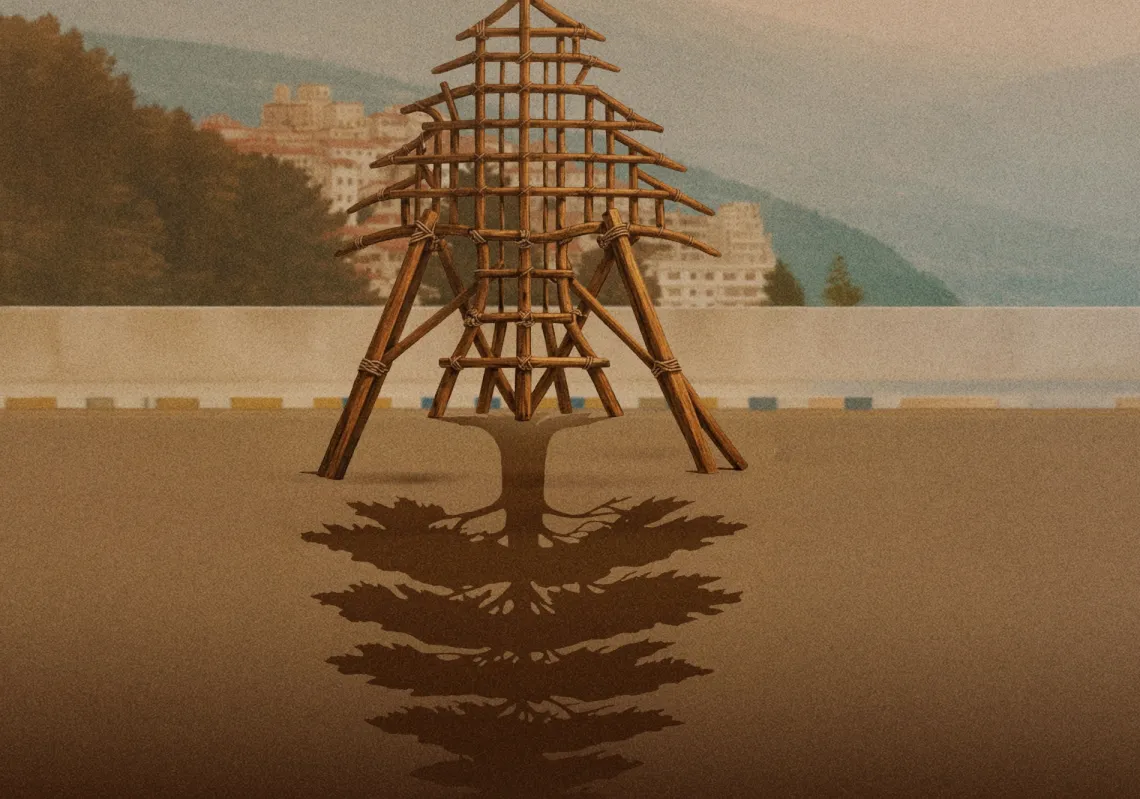There is an old proverb: “May you live in interesting times.” The Middle East, particularly the Levant, seems to experience nothing but interesting times. In this part of the world, sadly, ‘interesting’ often means turmoil, chaos, and difficulty.
The people of Palestine, Syria, Lebanon, and Iraq have long suffered—none more so than the Palestinians. Since October 7 2023, the Palestinians of Gaza have suffered like never before, Israel’s brutal assault on the Strip killing tens of thousands. The final death toll will probably never be known, but it is undoubtedly higher than the figures reported.
According to the medical journal The Lancet, indirect deaths are many times higher than the number killed from direct bombing. A conservative estimate puts the figure at almost 10% of the entire population. More than 80% of the rest have had their homes destroyed. Israel has made sure that there is little food, little electricity, and little healthcare, rendering the Strip practically uninhabitable. These actions have a name.
Syrians, on the other hand, have had the shackles of the Ba’ath Party removed after half a century of al-Assad family rule. Hope is tempered by concern, however. Syrians want the country to transition to a united, pluralistic, non-sectarian state with economic prospects, but they fear they may simply end up swapping one despotic regime for another.
In Lebanon, the people are slowly recovering after a brutal 2024 assault—again by Israel. More than a million were displaced, and the cost of the physical damage will run into the billions of dollars. Yet there is hope here, too. The country has finally elected a president. For the first time in more than two years, Lebanon now has both a president and a prime minister.

Their rebuilding task, both politically and economically, is colossal, and it must be undertaken while the country remains occupied: Israel has refused to honour its commitments by saying it intends to keep its troops in some areas of southern Lebanon. Nobody seems willing or able to kick them out.
Elsewhere in the Levant, Iraq is also fragile. Here, as in so many other arenas, foreign powers (like Iran) compete for influence. Beyond the Levant, Libya also hosts competing foreign interests. In Sudan, two warring generals continue tearing the country in two, while in Yemen, the Houthis remain in control of the capital, Sana'a, and the important port of Hodeidah. Never have so many Arab countries faced so many threats from so many directions.
Three regional visions
Taking a step back, there are three competing visions for the future of the Middle East. The first is Israeli. Having pummelled Gaza and further encroached on the West Bank, its troops are now in both Lebanon and Syria—and intend to stay. Having weakened Iran’s proxies, Tel Aviv now wants to weaken Iran directly, with American support. But its plans are far bigger than military strikes: Israel wants regime change in Tehran.
The second vision for the Middle East is Turkish. Ankara seeks to influence the region by installing friendly political Islamist regimes in countries like Egypt, Libya and Syria.
It failed in Egypt but has had recent success in Syria. In Libya, it supports a weak Tripoli government. After many years, Ankara finally feels that it can best secure its interests by cooperating with Arab countries, rather than trying to dominate them.















